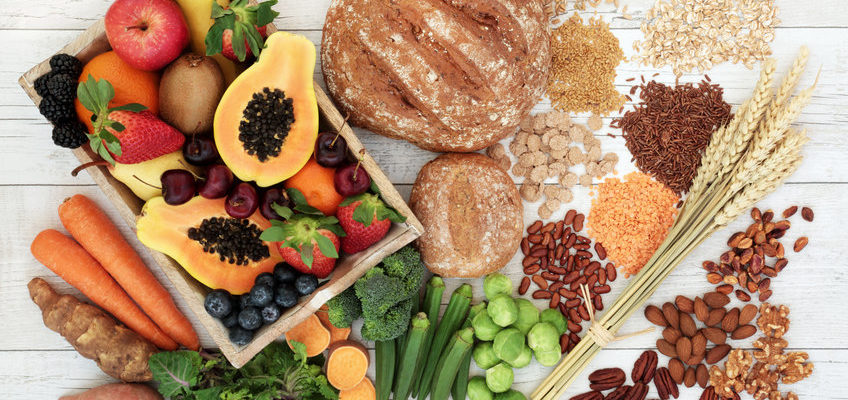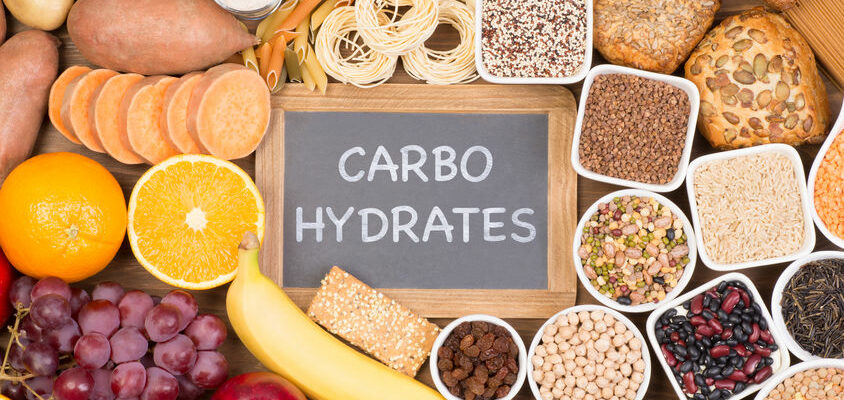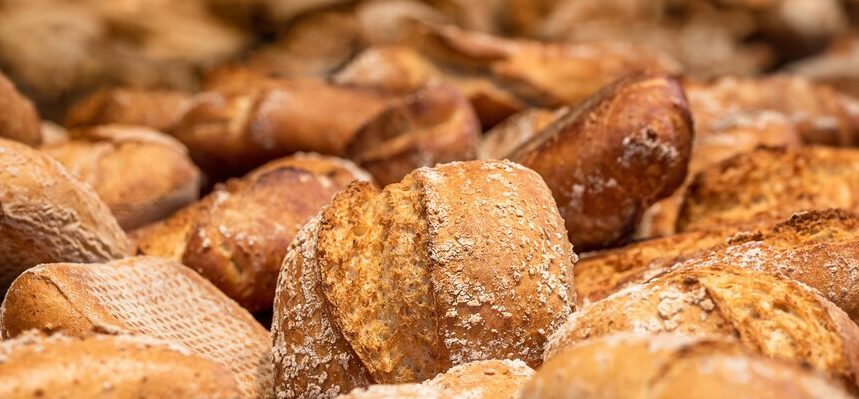
You’ve likely heard “eat more fiber” before, but TV commercials may have convinced you it was only a concerning issue for the elderly. Fiber is a vital part of a healthy diet, no matter your age, as it helps prevent constipation and maintain a healthy weight. It occurs naturally in:
- Fruits
- Vegetables
- Whole grains
- Legumes
Additionally, regular consumption also reduces the risk of developing diabetes, heart disease, and certain types of cancer¹. Learn more about fiber, why it forms part of a healthy diet, and how much you should be consuming.
What is fiber?
In essence, fiber or roughage, as it is sometimes called, is the indigestible part of plant cells. The enzymes in our digestive tract cannot break down these cells, leading them to pass to the excretory system. There are two types, and each has its individual characteristics².
- Soluble – This type dissolves in water, forming a gel during digestion. It can help decrease cholesterol, as well as increases stool bulk. Common foods that include this type are oats, beans, fruits, vegetables, and nuts.
- Insoluble – In contrast, this type does not dissolve or change form during digestion. It encourages healthy bowel movements. Foods that include this type are cereals, bran, rolled oats, buckwheat, bulgur wheat, stone-ground cornmeal, whole grain products, brown rice, vegetables, and fruits with edible peels.
Potential health benefits
Dietary fiber offers a host of health benefits. One of the most significant is that it lowers LDL cholesterol, commonly known as bad cholesterol. Also, research shows that individuals with high fiber diets have a lower risk of cardiovascular disease³. Additionally, fiber improves gut health leading to fewer gastrointestinal disorders and reducing the risk of colorectal cancer⁴. Beyond digestive health, a 2019 study⁵ showed that it can boost weight loss. Furthermore, studies suggest that it can also help reduce the risk of developing type 2 diabetes⁶.
What is the recommended daily intake?
The Academy of Nutrition and Dietetics⁷ recommends the following intake for a 2,000 calorie diet:
- 25 grams a day for adult women
- 38 grams a day for adult men
Older individuals (aged 50 and above) require less fiber, meaning they can reduce their intake to 21 grams and 30 grams, respectively. Pregnant or breastfeeding women should slightly increase their consumption to reach approximately 28 grams a day. While fiber is good for you, it is also possible to consume too much of it. Symptoms like gas, bloating, or constipation can occur if you consume more than 70 grams per day. Although it is not common, it can happen with raw, vegan, or whole food diets.
Ways to increase your intake
Consuming more grains, cereals, fruits, veggies, legumes, and beans are the simplest ways to increase your daily intake². A great routine to follow is including one whole grain in every meal, substituting meat with legumes or beans two to three times a week, and eating five servings of fruits and vegetables every day. However, always feel free to experiment with international cuisines, as well as how you consume your fruits and vegetables to keep your diet varied and interesting. If you are allergic to high fiber foods or struggle to get enough in your diet, it is also possible to take supplements. Nonetheless, these should be recommended by a doctor to ensure that they are most suitable for you.
References
- “Dietary Fiber: Essential for a Healthy Diet.” Mayo Clinic, Mayo Foundation for Medical Education and Research, 6 Jan. 2021, www.mayoclinic.org/healthy-lifestyle/nutrition-and-healthy-eating/in-depth/fiber/art-20043983.
- “Increasing Fiber Intake.” Ucsfhealth.org, UCSF Health, 22 June 2021, www.ucsfhealth.org/education/increasing-fiber-intake.
- McRae, Marc P. “Dietary Fiber Is Beneficial for the Prevention of Cardiovascular Disease: An Umbrella Review of Meta-Analyses.” Journal of Chiropractic Medicine, Elsevier, Dec. 2017, www.ncbi.nlm.nih.gov/pmc/articles/PMC5731843/.
- Newman, Tim. “Dietary Fiber: Why Do We Need It?” Medical News Today, MediLexicon International, 27 Apr. 2020, www.medicalnewstoday.com/articles/146935#benefits.
- Miketinas, Derek C, et al. “Fiber Intake Predicts Weight Loss and Dietary Adherence in Adults Consuming Calorie-Restricted Diets: The Pounds Lost (Preventing Overweight Using Novel Dietary Strategies) Study.” OUP Academic, Oxford University Press, 7 June 2019, academic.oup.com/jn/article/149/10/1742/5512578.
- McRae, Marc P. “Dietary Fiber Intake and Type 2 Diabetes Mellitus: An Umbrella Review of Meta-Analyses.” Journal of Chiropractic Medicine, Elsevier, Mar. 2018, www.ncbi.nlm.nih.gov/pmc/articles/PMC5883628/.
- Dahl, Wendy J, and Maria L. Stewart. “Position of the Academy of Nutrition and Dietetics: Health Implications of Dietary Fiber.” Journal of the Academy of Nutrition and Dietetics, Elsevier, 2 Aug. 2021, https://doi.org/10.1016/j.jand.2015.09.003.
Ashuni Pérez is a writer in the culinary, as well as health and wellness industries. With a background in teaching and digital media, she loves to learn and help others discover more about their food, where it comes from, and how best to prepare it. A foodie through and through, she is always searching for new recipes and the freshest ingredients.











Leave A Comment